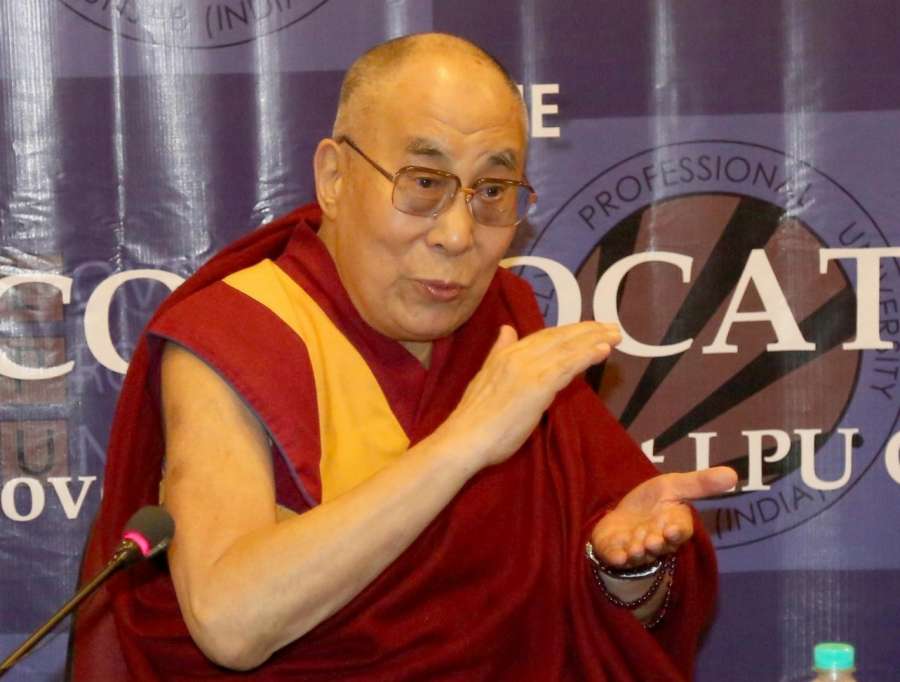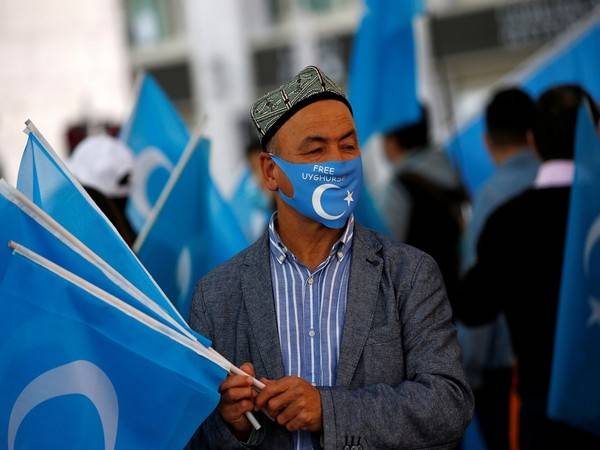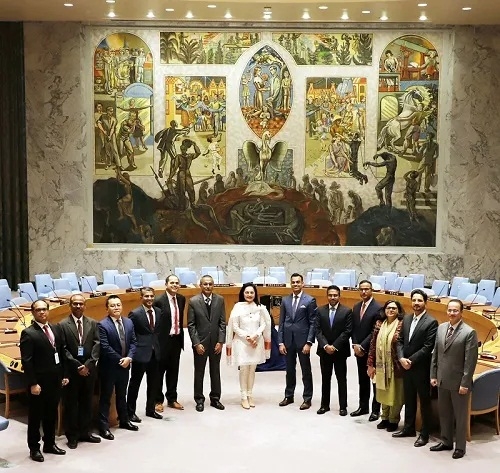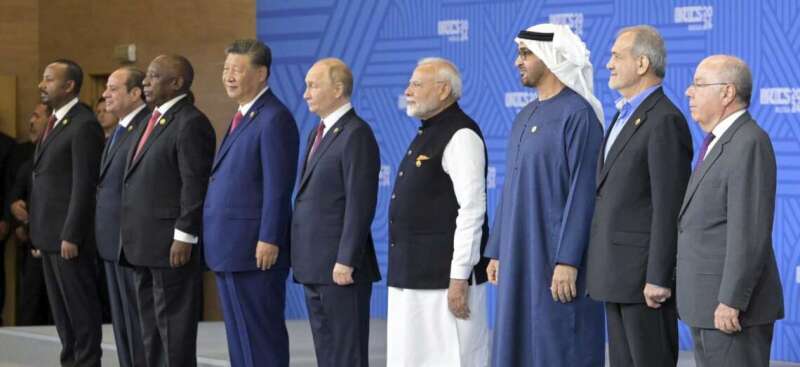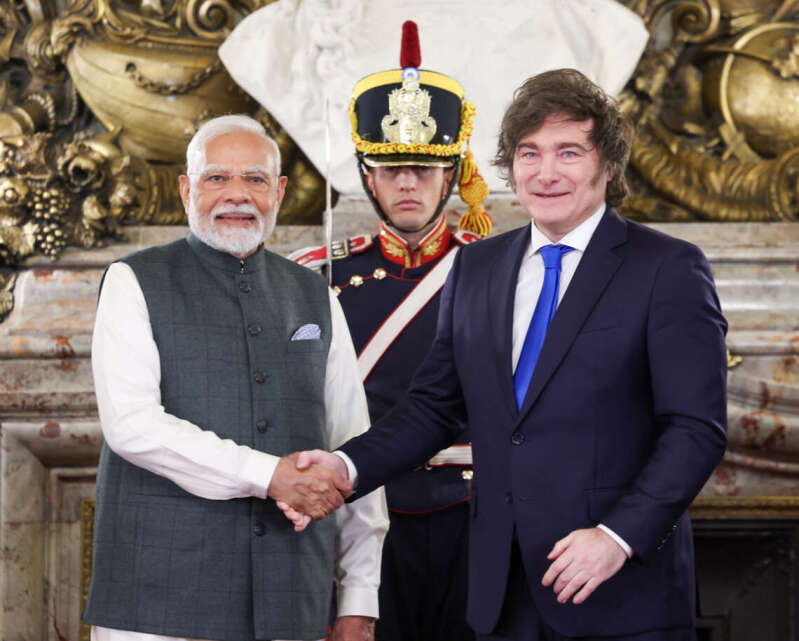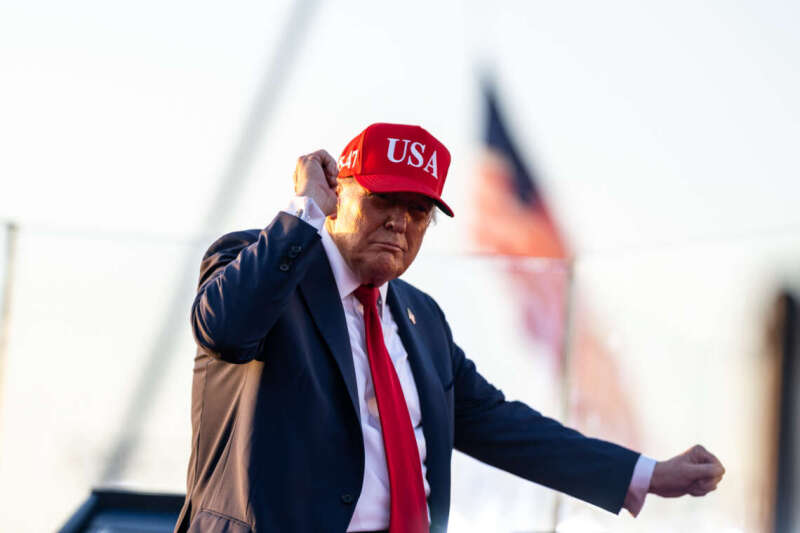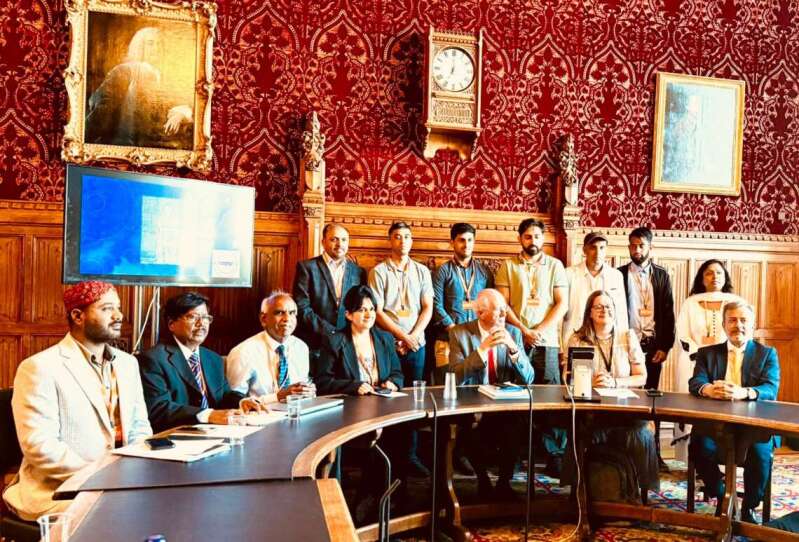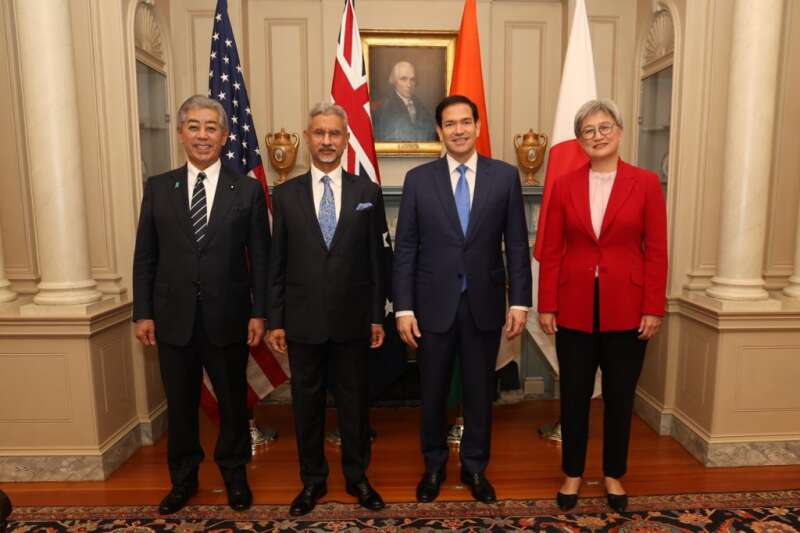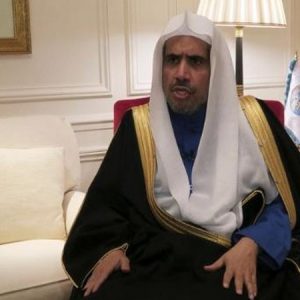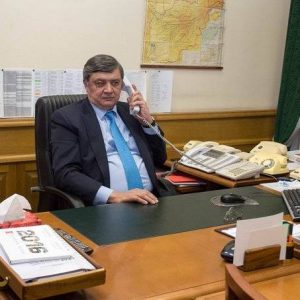When relations between any two countries are so wide-ranging and comprehensive, it is but natural that there will be a few areas of disagreement, writes Ashok Sajjanhar
Former US diplomat Dennis Kux wrote a book on India-US ties in the early 1990s which he titled as ‘Estranged Democracies’. According to him, while both the countries were democracies sharing several common values and ideologies like holding of regular free and fair elections; freedom of speech, expression, media and religion; pluralism, free trade etc., relations between the two countries were anything but warm and friendly. This was followed a few years later by another book by another former senior US diplomat Strobe Talbott which he titled as ‘Engaged Democracies’ signifying some perceptible improvement in bilateral relations.
During his visit to the US in the early 2000s, the then Indian Prime Minister Atal Bihari Vajpayee termed the two countries as ‘natural allies’. This represented a significant improvement in the status of ties as characterized some time ago by the two US diplomats. While Addressing the Joint Session of the Indian Parliament on his visit in 2010, the then US President Barack Obama characterized the bilateral relationship as a ‘defining partnership of the 21st century’. In 2016, while addressing the Joint Session of the US Congress, Indian PM Narendra Modi termed the relationship as an ‘indispensable partnership’ and declared that “India had overcome the hesitations of history” and that “a new symphony was at play between the two countries.”
Relations between the two countries witnessed a significant uptick with the signing of the India-US framework civilian nuclear deal in July 2005 and US’s heavy lifting for grant of a unique waiver by the Nuclear Suppliers’ Group to India in September 2008 for conducting global commerce in nuclear technology and material. However, bilateral relations continued to stagnate even after the lofty statement by Obama to the Indian Parliament in 2010.
Although bilateral relations improved appreciably in the decade after the visit of US President Bill Clinton to India in March, 2000, the ties witnessed a steep ascent only after the assumption of charge by Prime Minister Modi in May, 2014. This was followed by Modi’s first visit as Prime Minister to the USA to Address the UN General Assembly as well as for a working visit to Washington DC at the invitation of President Obama. Modi’s address to the Indian community at the Madison Square Garden in New York which in addition to a full house audience of the Indian diaspora was also attended by a large number of US governors, senators and congressmen. Modi’s discussions with Obama in Washington DC, his tour of the Martin Luther King Jr. Memorial escorted by none other than Obama himself, his interactions with the then Vice- President Biden and Secretary of State John Kerry in the Department of State, and his inspiring address to the Indian community provided a huge impetus to bilateral ties and set the stage for a rapid improvement in the partnership over the forthcoming period.
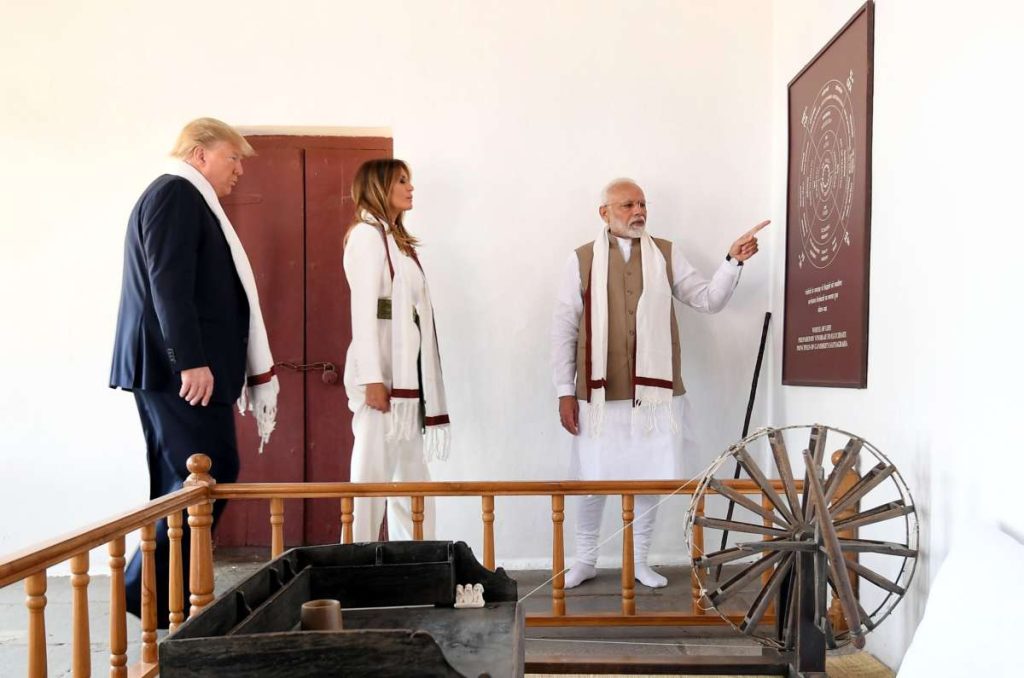
The positive rapport between Modi and Obama helped the relationship to develop greater substance and traction. India signed the long-pending Logistics Exchange Memorandum of Agreement and was declared a Major Defence Partner of USA. During the two and a half years of overlap between PM Modi and Obama from May 2014 till January, 2017, the two leaders met 9 times out of which 3 were Summit interactions.
The tenure of President Donald Trump provided a further strong impetus to bilateral relations. Although Trump walked away from several major policy initiatives of the Obama era like the Paris Climate Accord, the Trans-Pacific partnership, the Iranian nuclear deal, Obamacare and more, he continued with the positive focus on relations with India. Some of the significant areas in which relations witnessed a significant upward movement include holding Pakistan to account on the issue of terrorism and withholding several billion dollars of assistance which would otherwise have gone to it under the Coalition Support Fund; signing by India of the other foundational agreements like COMCASA and BECA; inclusion of India under STA-I category; elevation of bilateral relations to a comprehensive global strategic partnership; institutionalization of the 2+2 mechanism and above all, the revival of the Indo-Pacific and the Quad framework comprising USA, India, Japan and Australia.
The Quad had been put on the back-burner in 2007 following objections by China. It was, however, gingerly revived on the margins of the East Asia summit in November, 2017 to counter the growing assertiveness of China in the South and East China Seas and other neighbouring areas. The first Quad interaction at foreign minister level took place on the margins of the UNGA in September, 2019 in New York. Tokyo hosted the next foreign minister level meeting in October, 2020. The three foreign ministers of USA, India and Australia travelled to Japan for this meeting notwithstanding the severity of the ongoing Covid-19 pandemic. Trump’s tenure also saw the organization of two major public events e ‘Howdy Modi’ in Houston, Texas in September, 2019 with 65,000 participants, and ‘Namaste Trump’ in Ahmedabad in February, 2020 with 100,000 plus in attendance.
These large scale felicitation rallies which were attended by both President Trump and PM Modi were criticised by several analysts in the two countries that Modi was investing too much political capital in Trump which would come to haunt him if the Democrats won the White House in the November 2020 election. This was a misplaced argument. PM Modi was actively engaging only the duly elected President of the United States. Being present on these platforms with Trump was in the latter’s capacity as the President of the US and not in his individual capacity.
This has been borne out more than adequately by the warm, cordial and friendly relations between President Biden and PM Modi which have been evident on several occasions over the last 23 months since Biden assumed office. Also, notwithstanding the fact that Biden has been actively engaged with the ongoing Russia-Ukraine conflict, he has not taken his eyes off the Indo-Pacific. Four Summit level interactions of the Quad leaders have taken place over this periodetwo in virtual format and two in in-person mode. The in-person meetings took place in Washington DC in September, 2021 and in Tokyo in May, 2022. This attention to the Quad which initially identified the fight against Covid-19 pandemic, emergent technologies and climate change as the principal areas of focus, is quite unprecedented. It conclusively demonstrates the commitment and resolve of the leaders of the four countries to strengthen their partnership to effectively push back against China’s growing expansionism and to ensure that the Quad emerges as a ‘force for global good’.
Both PM Modi and Biden have displayed very gracious, affable and respectful attitude towards each other in the multitude of international platforms on which they have met and interacted over the last 23 months. These include the sidelines of the G20 summit in Bali, Indonesia in November, 2022; margins of the G7 Summit in Germany in June, 2022; margins of COP26 in Glasgow in November, 2021, on sidelines of the G20 Summit in Italy in October, 2021, and many more.
Today there is a convergence not only of values but also of interests between the two countries. Some of these issues that bring then two countries together encompass the fight against terrorism, particularly emanating from Pakistan, increasing belligerence of China, defence and intelligence-exchange partnership, India’s large and expanding domestic market, presence of a large and influential Indian diaspora in the US, India’s need for capital and technology for rapid economic growth etc.
Today the two countries have more than 60 bilateral Dialogue mechanisms encompassing Renewable Energy, Climate Change, IT, Innovation, Healthcare, Agriculture, Cyber Security and more. The US has emerged as the second largest supplier of defence equipment to India. The countries are coming out of the shadows of engaging in a mere buyer-seller relationship in defence supplies. India does more defence exercises with the USA than with any other partner. The Malabar exercises between India, US, Japan and Australia bring the four Quad partners together in their endeavour to promote peace and security.
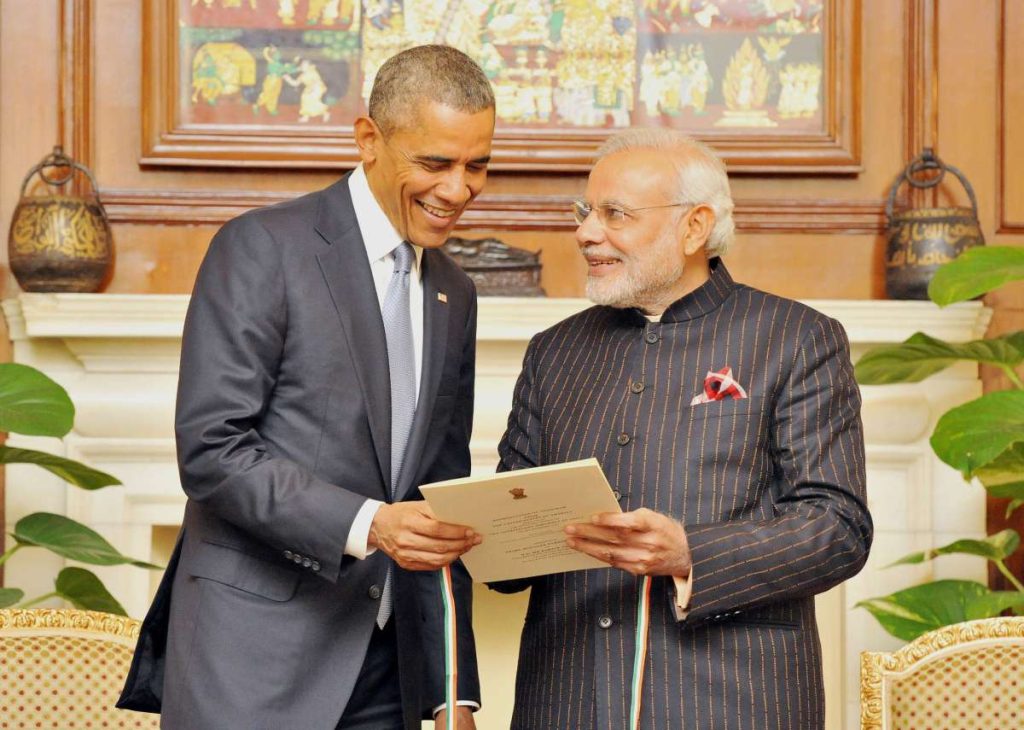
When relations between any two countries are so wide-ranging and comprehensive, it is but natural that there will be a few areas of disagreement. And that is true in the case of India-US ties as well. The US, as well as several western nations, are disappointed and unhappy that India has not unambiguously condemned Russia for its attack against Ukraine, and continues to buy increasing quantities of oil and fertilizers from it. India has spoken out unequivocally in favour of the UN Charter and sanctity of territorial integrity and sovereignty of countries as enshrined in the UN system. It has also squarely condemned the destruction of vital, civilian infrastructure in the conflict. India has explicitly clarified that the volume of oil being imported by it is a mere fraction of what the European countries are importing from Russia. Moreover, the huge increase in global prices of energy is unacceptable for India’s people as it is dependent on imports of oil for 85% of its requirement.
India has voiced its dissatisfaction with the US decision to provide Pakistan with a grant of US$450 million for upgrade of its F-16 fleet which is likely to be used only against India. The US argument that this assistance is being provided to Pakistan to fight terrorism has failed to cut any ice with India. In addition, the chaotic manner of the withdrawal of the US and NATO forces from Afghanistan, the uncalled for visit by the US Ambassador to Pakistan to visit the Pakistan Occupied Kashmir and address it as Azad Jammu-Kashmir, the same terminology used by Pakistan, has riled India. India has clearly communicated its dissatisfaction on all these issues to the US.
In spite of the above tensions, both sides recognize that the areas of convergence between the two sides are far greater than the issues that separate them. The challenge before the leadership of the two countries is to focus and build upon the areas of convergence while continuing to have honest conversations on areas of divergence.
In his interaction with President Biden on the sidelines of the Quad Summit in Tokyo in May, 2022, PM Modi termed the bilateral relations as a ‘Partnership of Trust’. President Biden said that he would like to make US relations with India “among the closest we have on earth”. Responding to a question during his appearance at the Aspen Security Forum meeting, Kurt Campbell, the White House Asia coordinator, on 9th December, 2022 said: “India is the most important bilateral relationship for the United States in the 21st century.”
With strong and visionary leadership in the two countries, India-US bilateral ties can be expected to scale even greater heights in the years to come.
(The content is being carried under an arrangement with indianarrative.com)




